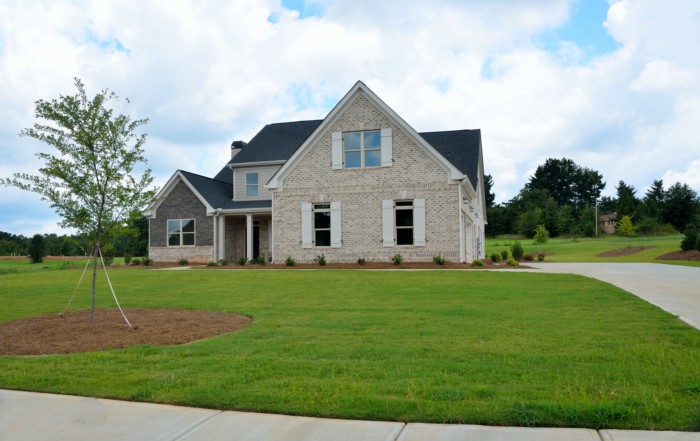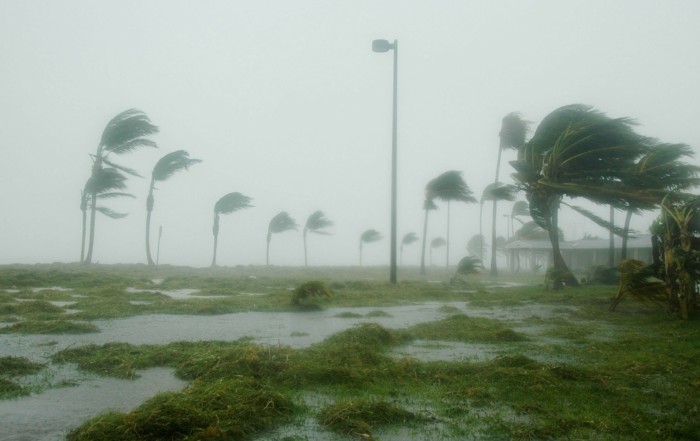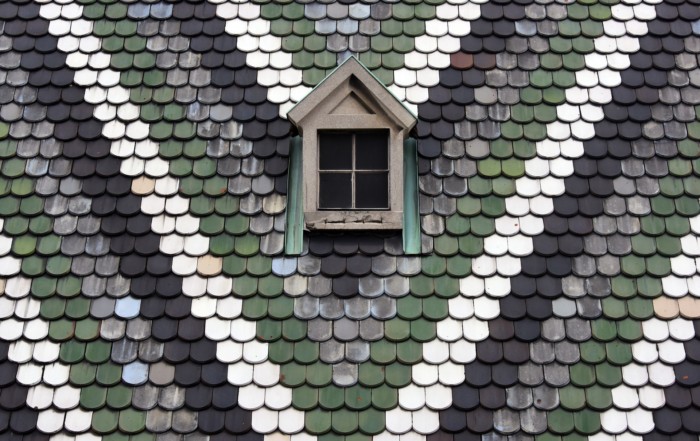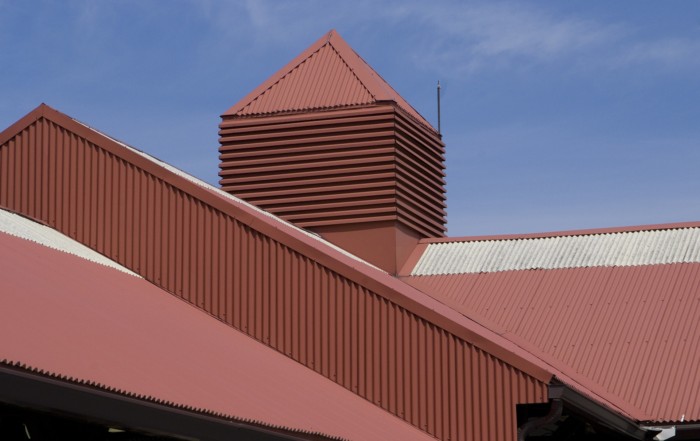A leaky roof is one of the most dreaded discoveries for any homeowner. This problem must be dealt with immediately so as not to sustain any further damage, but what do you do first?
Today we are going to take a look at identifying roof leaks, determining where the roof leaks are located, and how to fix them quickly to prevent further damage to your home.
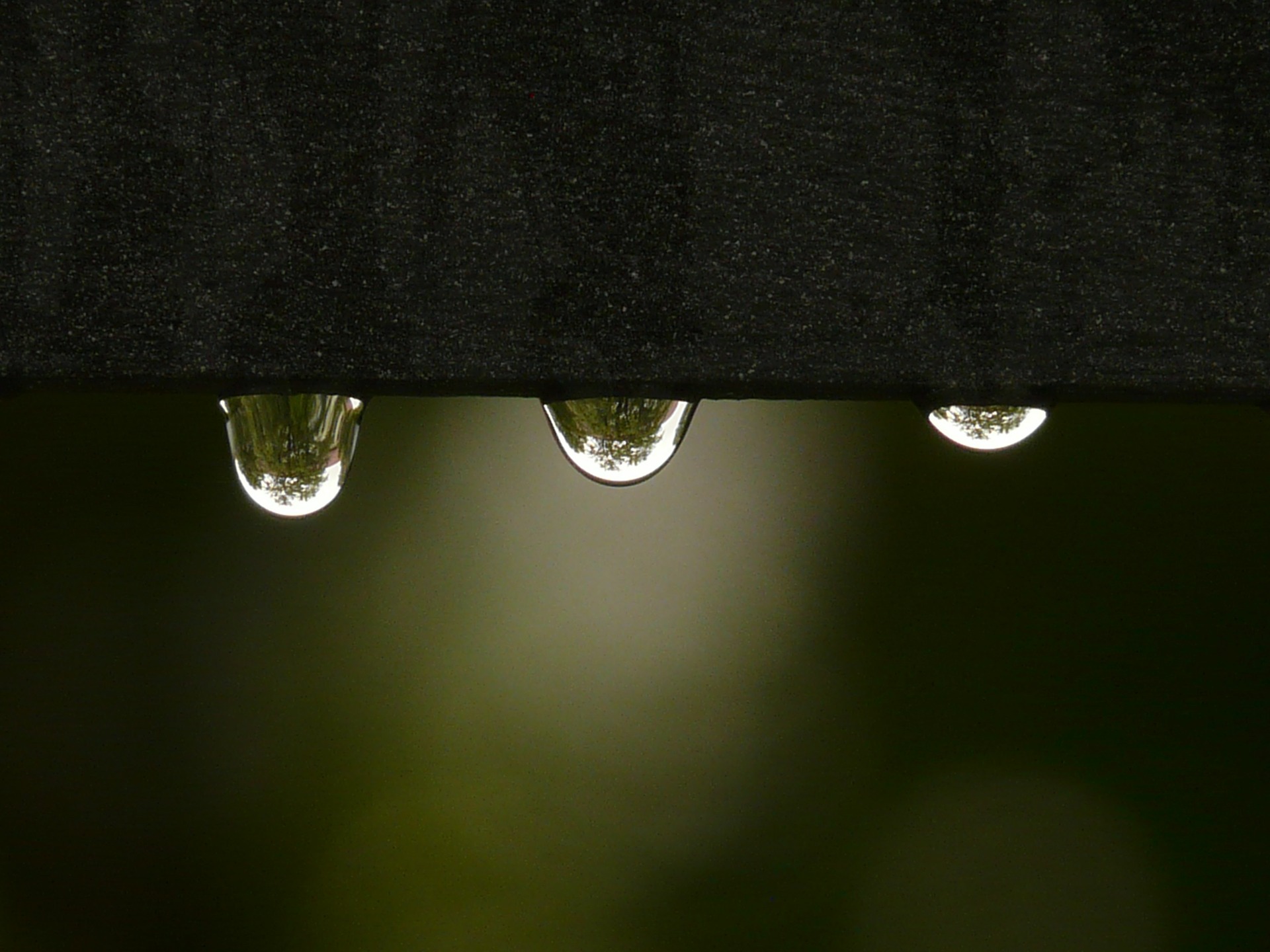
Identifyng Roof Leaks
There are a couple of telltale signs that cannot be ignored. The first is the obvious drip. If you see water droplets on your ceiling, or water running down a wall, you are likely dealing with a leaky roof.
(note that if you have plumbing running through the ceiling, that may be the cause of your problem. However, it is equally important to assess that situation immediately! )
Stains on your ceiling are another sure-fire way to identify a leaky roof. During the rainy season, the stains may be more pronounced.
If you do happen to notice areas which are stained but dry, this indicates past damage that needs immediate assessment as well.
Here’s a Tip: If you are buying a home and notice staining, be sure to ask the homeowner about the source. They may have already replaced the roof or fixed the leak, but be sure to ask for documentation and to have the roof thoroughly inspected.
If you have attic access, go up with a flashlight and look for black mold, stains, puddles, or any signs of water intrusion.
If you do not have attic access, the damage will have to be assessed from the roof itself. As water runs downhill, look uphill from the stains or the source of the water drips.
The first thing to search for is any roof penetrations or material breaches. Items which penetrate the roof may include plumbing and roof vents, chimneys or skylights. These items may be positioned directly above the leak or to the side of it (check roof slope).
Make it Rain: If you cannot find the source of the leak, find a friend or family member to help you to force the water intrusion.
Run a garden hose for several minutes in the suspected area of the leak, moving to a new isolated area if drips do not appear inside. Be patient and spend enough time in each area. Once the correct area is isolated, you may need to remove tiles to find the exact affected areas.
Solutions for a Small Leak
If you are comfortable being on the roof, you may be able to undertake some small repairs without calling a professional roofing contractor.
For instance, if you have determined that the water is intruding because of damaged or missing shingles, you can repair or replace them. If edges are loose or curling, you can apply roofing adhesive in the affected areas and nail down.
If a section of roofing shingles needs to be replaced but the framing is not damaged, remove old shingles, scrape off any remaining cement from the exposed area, apply roofing adhesive, fit into place and secure with a galvanized roofing nail.
If you have determined that the water is gaining access through an area where there are roof penetrations (chimneys or vents), first look for damage to the caulking. You will want to remove old caulking with a putty knife, clean and dry the area, and reapply new caulk.
Don’t Put Roof Leaks Off
The most important thing to learn about roof leaks is that they are not going to get better on their own. In fact, if ignored, a small leak may turn into a huge issue which may require a new roof, and even cause damage to interior drywall, electricity, and personal belongings.
In Sarasota, our seasons of heavy rain make spotting roof leaks relatively easy. If you do see a problem and require assistance with either locating the leak or fixing it promptly, call the professionals at Avery Roof Services.
We have been helping Sarasota area residents stay dry, safe and secure for decades. Give s a call today – because when it comes to roof leaks, tomorrow may be too late.



